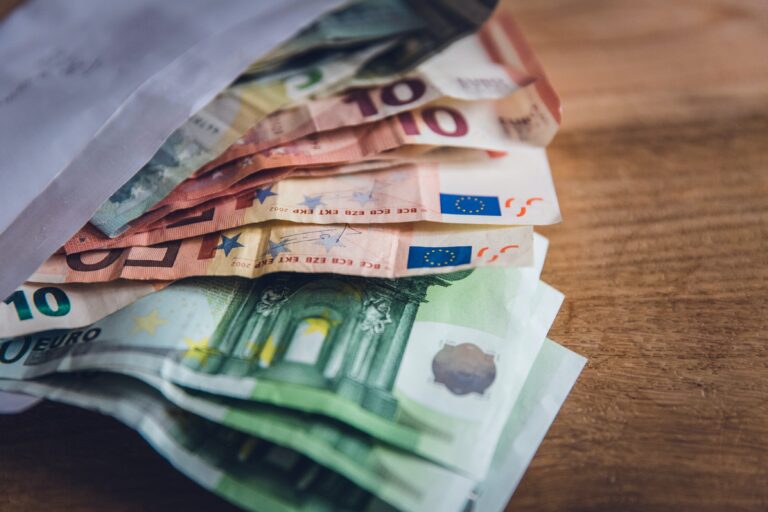
Morning Brief – Opportunity and Caution
As well-versed readers, you will all be familiar with the status of the US Dollar as a safehaven. The US Dollar’s appreciation during times of global and even domestic US turmoil are familiar themes and contribute to the framework of understanding FX flows and exchange rate movements. However, at the moment, we are seeing the Euro act almost like a safehaven in the face of uncertainty and deteriorating risk sentiment. Fear not – perhaps the exception that proves the rule, there is an explanation for this too and it holds important conclusions for almost every traded currency.
Cast your mind back to the early days of the pandemic. The scramble to take risk off the table might have created the expectation that the Dollar would appreciate in value. At least before the Federal Reserve waded in to dump unprecedented levels of liquidity into markets, calling a stronger Dollar would have had a sound logic basis. What we actually saw was a rising EURUSD rate – in the order of several cents – reflecting a weaker US Dollar versus the Euro.
The reason for that was that the Euro had secured its position as the funding currency of choice. The carry trade had been and is now once again a highly utilised strategy to benefit from the higher rates of interest available in (usually) more peripheral currencies. Taking risk off of the table, investors liquidated so-called carry trades buying back their funding currency, the Euro, rising demand for it and therefore its price in markets. What these same investors didn’t (yet) do was reallocate those repurchased Euros back into US Dollars, undermining the usual safehaven role of the Dollar.
As we approach year end, we are also seeing investors liquidate carry trades (on a smaller scale) as lighter liquidity and Covid-risks create fresh reminders of entrenched risks. Yesterday afternoon, when UK cases were released showing another increase in the prevalence of positive cases within the UK, the market reaction was for the Euro, not Dollar to spike in value. This morning too, following positive news regarding the virulence of Omicron in a recent study, the Dollar is stronger, not weaker, versus the Euro from its valuation in early European trading. The liquidation of carry trades ahead of year-end and Christmas also present risks for the high beta currencies investors hold to benefit from international interest rate differentials.
Discussion and Analysis by Charles Porter

Click Here to Subscribe to the SGM-FX Newsletter
Related Insights

Daily Brief – Next level
Next level EURUSD has managed a relatively smooth ascent to its current levels, around 1.18. That is despite significant resistance levels, most notably around 1.17. A large collection of option strike prices gathered around this key level and the price history of the pair shows us its significance. Sustained closes above this level since last […]

Daily Brief – A weaker Dollar: Trump vs. Powell
A weaker Dollar: Trump vs. Powell The Dollar continued to lose ground yesterday as the truce between Israel and Iran appeared to continue to hold. There has been a noticeable return to focus upon macro and monetary influences in major currency pairs. Yesterday, Fed Chair Jay Powell provided his semi-annual monetary policy report before the […]

Daily Brief – Whiplash
Whiplash A highly volatile start to yesterday’s trading session saw a flight to safety in markets. Despite the Dollar having lost much of its appeal as a safe haven lately, there was still an identifiable USD bid prior to and during the European open. We have identified recently how markets have clearly differentiated between general […]



 Charles Porter
Charles Porter